
Zawisla uses a very special Atego for inspecting sewer networks
Vehicle & Technology
Often sewage pipes need not only to be cleaned, but accurately measured too. The Atego that Klaus Dieter Zawisla GmbH uses for this purpose is specially equipped with state-of-the art technology.
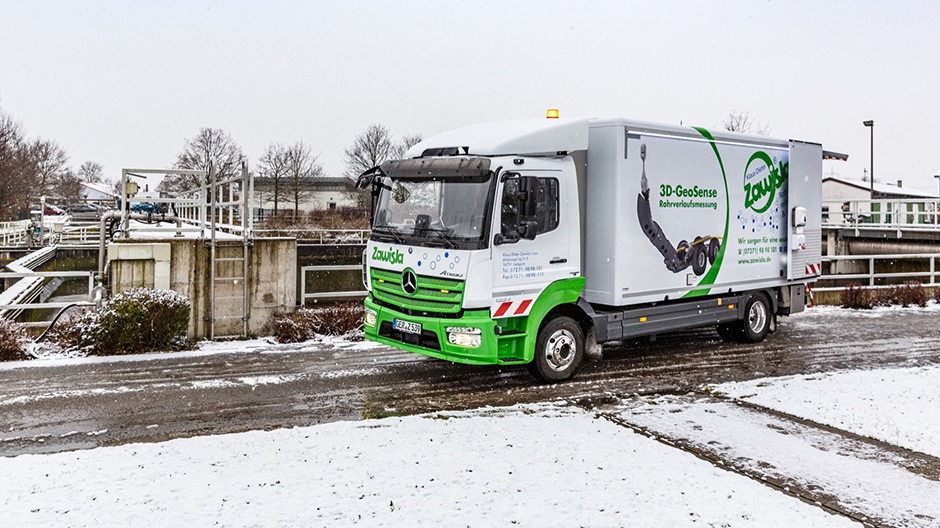
When Ralf Klemmer sits in front of the control monitors of his newest tool, you might almost think he was controlling a robot on a distant planet. Actually, the head of the sewer pipe inspection team is using his remote-controlled sewer push camera to measure something underground: pipes. His modern control station, far from being part of a space venture, is located in the box body of the Atego 1524 belonging to Klaus Dieter Zawisla GmbH.
The company based in Jockgrim and Karlsruhe was founded in 1980, and in addition to cleaning pipes and sewers, it provides a wide portfolio of services, including sewage pipe inspection with cameras right up to testing for leakages. The fleet comprises 45 vehicles – all from Mercedes‑Benz. The certified specialist company with a staff of 65 operates for private households, commerce and trade, and for municipal authorities.
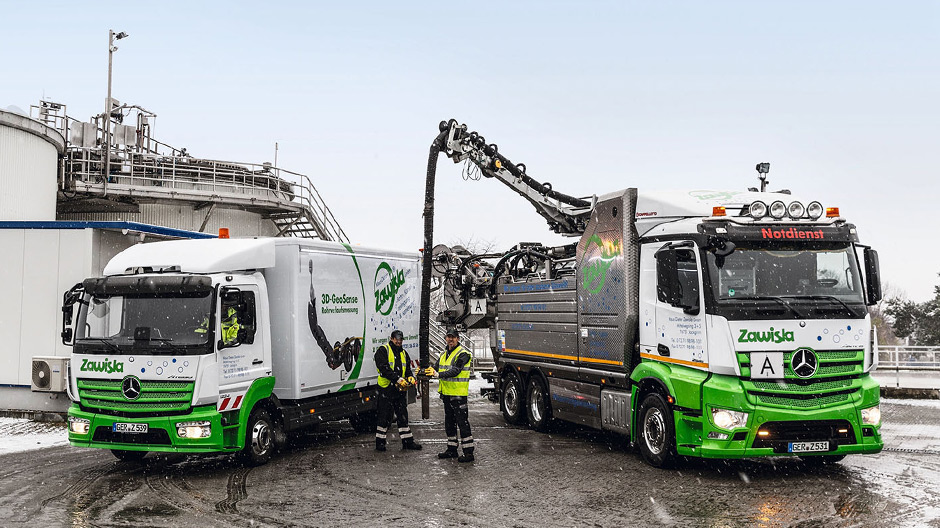
Flushing and looking. After the combined vacuum pump and flushing vehicle based on the Antos 2545 with a Cappellotto body has cleaned the sewer pipes, its smaller brother, the Atego, equipped with an inspection unit, takes over.
“More and more often, we don’t just inspect the sewage network, but we are asked to record the location and route of the pipes,” says Klaus Dieter Zawisla, who set up the company. “An economic renovation plan takes both the condition of the pipes into account and also their exact position. With the help of our Atego we can do both those tasks in just one operation.”
Thanks to its compact dimensions, the Atego can get to virtually any drain. The two-axle truck with a 4,220 millimetre wheelbase was equipped with a 5,000 millimetre long box body – which houses the very latest technology from IBAK Helmut Hunger GmbH. The company, based in Kiel, specialises in extensively equipped sewer inspection vehicles. IBAK kitted out the Atego exactly to Klaus Dieter Zawisla’s wishes, with high-tech and many practical, useful details.
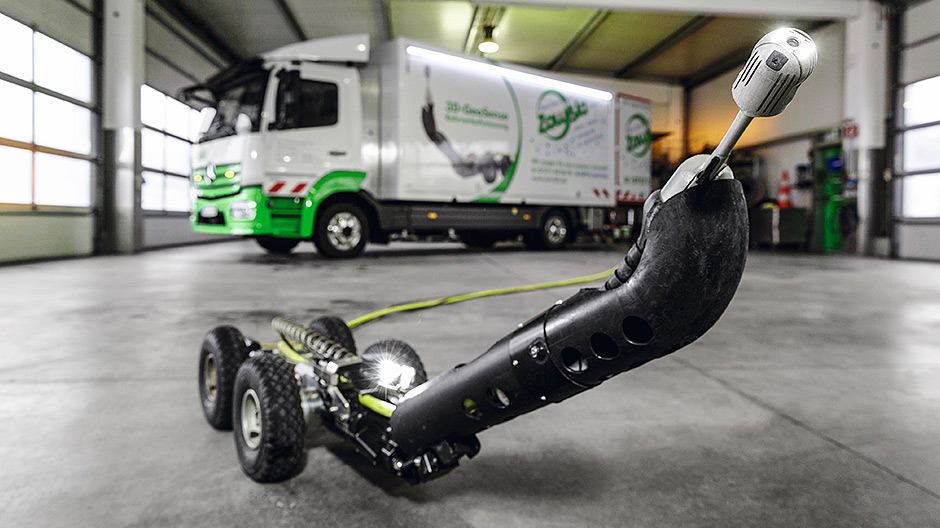
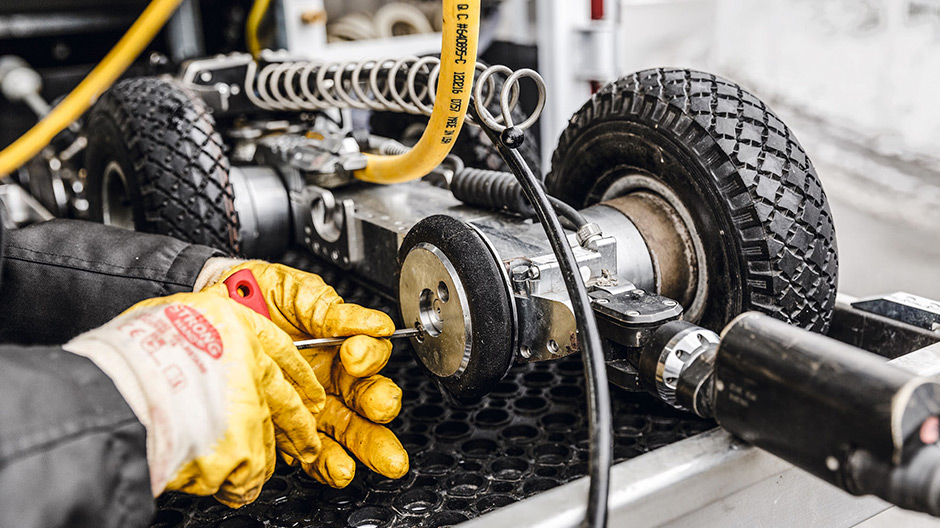
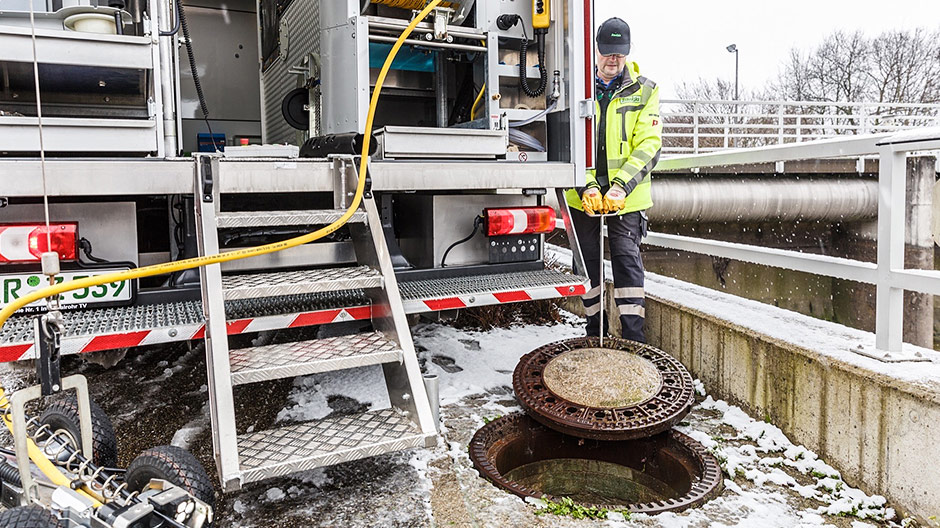
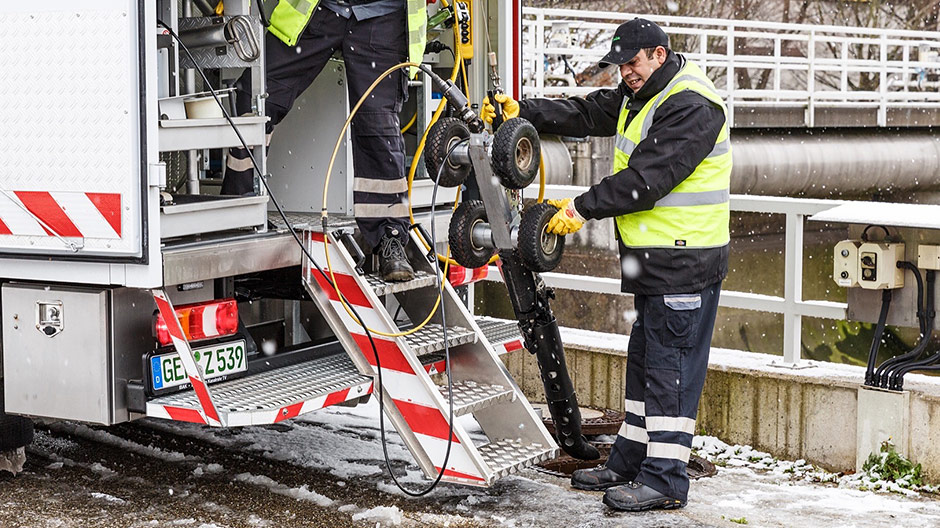
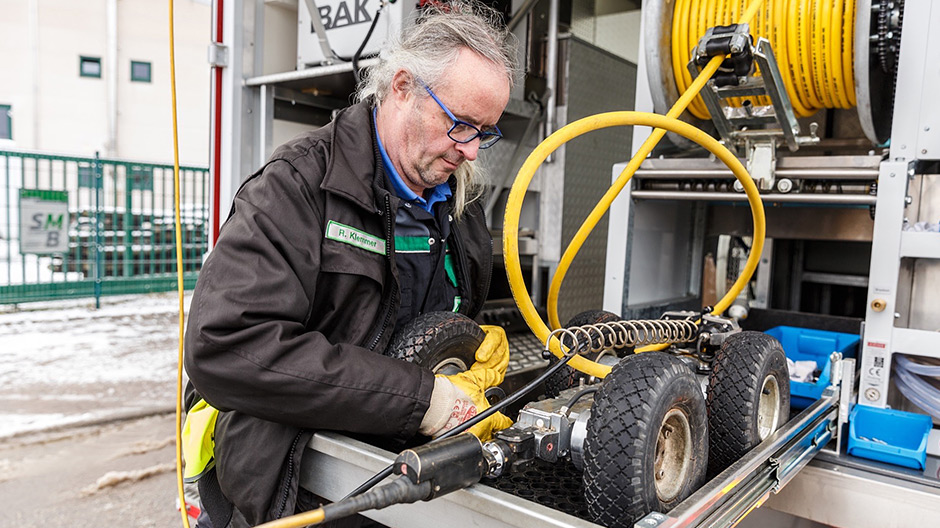
Simultaneous inspection and measurement.
The centrepiece is the Polaris 2 3D sewer push camera. Its camera head is positioned at the end of a stable arm. Using a pivot joint, the Polaris 2 3D can also look into curved and bent pipes. A sensor for constant three-dimensional angle definition is integrated to enable precise measurement of the course of the pipes.
The so-called 3D-GeoSense system accurately registers building specifications such as deformed pipe collars or bent pipes. While making the inspection it generates a graphic picture of the route of the pipe. The system is easily controlled by a joystick and keyboard in the control room behind the Atego cab.
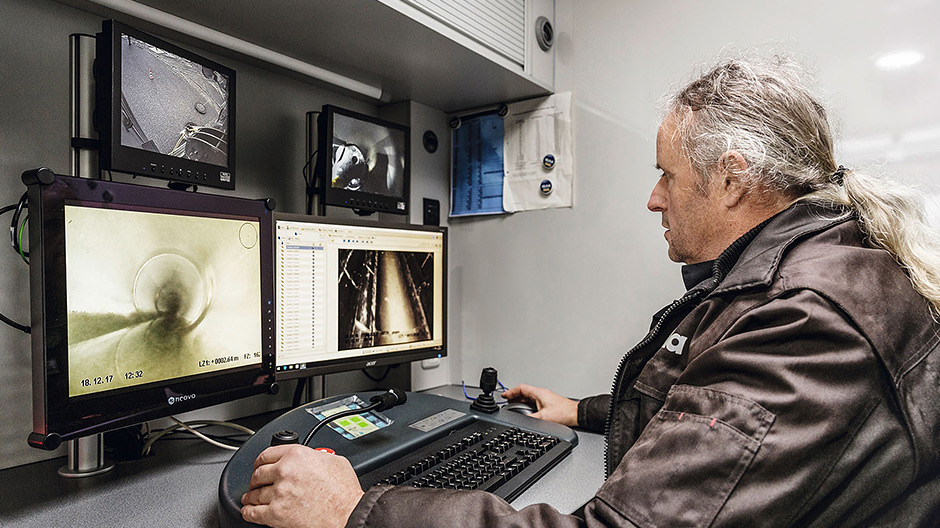
Command centre. Ralf Klemmer operates the Polaris 2 3D sewer push camera by joystick, mouse and keyboard.
“More and more often, we don't just inspect the sewage network, but we are asked to record the location and route of the pipes.”
– Klaus Dieter Zawisla, founder of the company
The body provides further equipment for cleaning pipes and sewers, and also space for a high-pressure hosing unit complete with a 2,400-litre water tank. “Thanks to this combination, the camera is propelled forwards by means of powerful flushing, independent of the hydrant network,” explains Klaus Dieter Zawisla. “The Atego is used almost daily for pipes with nominal diameters above DN 100. That corresponds to an inner diameter of approximately 105 millimetres.”
Among other things, he is working on two extensive commissions in two cities in the state of Baden-Württemberg. “Investing in such a highly specialised vehicle is always a risky venture,” says the company founder. “The complex inspection technology is constantly changing and can be obsolete tomorrow. That’s why we depend on a reliable fleet and plannable costs.”
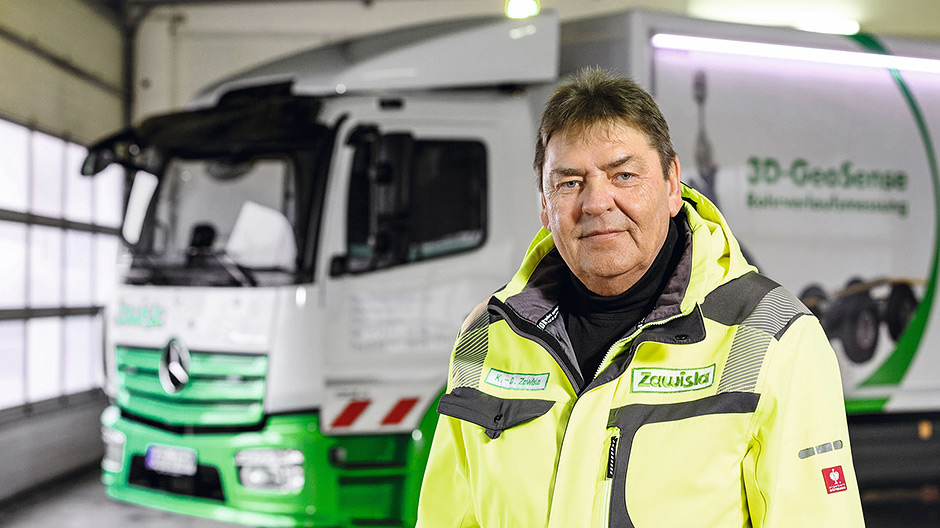
Photos: Christoph Börries




Comment
Please log in to post a comment.
4 comments
Top Fahrzeuge besonders der Antos 👍☺️
Top Fahrzeuge besonders der Antos 👍☺️
Cooler Bericht.
Cooler Bericht.